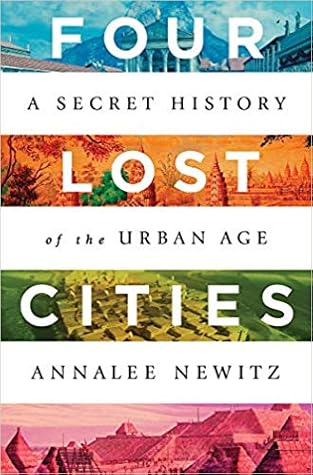More on this book
Community
Kindle Notes & Highlights
Read between
February 20 - March 1, 2025
People who lived there knew it was a dangerous place.
What matters is who your people are.
You are literally the sum of your ancestors. But when you live in one city your whole life, that place can become even more important to your sense of self than your family heritage.
We have to imagine Neolithic urban culture as one where little distinction was made between the past and the spiritual realm, or between magic and science.
Walking away was hard, but it was easier than resolving the problems that were ripping Çatalhöyük apart.
A similar kind of cultural silence followed the Spanish Flu pandemic of 1919, which slaughtered over 675,000 Americans in a matter of months—more than had died during all of World War I. Despite the widespread devastation caused by the disease, governments and media downplayed its severity. And after the pandemic was over, almost nobody wrote about it.4
cities are places for delightful chance meetings and life-changing random encounters.15
North America’s first known earthworks are in Louisiana.
It was the stone tool equivalent of a modern-day Korean taco, whose delightful existence is thanks entirely to a history of cultural mixing.
so fecund it was practically magical.
People are resilient, and our cultures can survive volcanoes and floods, even if our cities don’t.
Depending on where you were born, this could be a relatively nice life. More likely, it would be an extremely difficult one, beset by the same hardships endured by farmers and nomads during the Neolithic—and made worse by global climate crisis and resource depletion.


